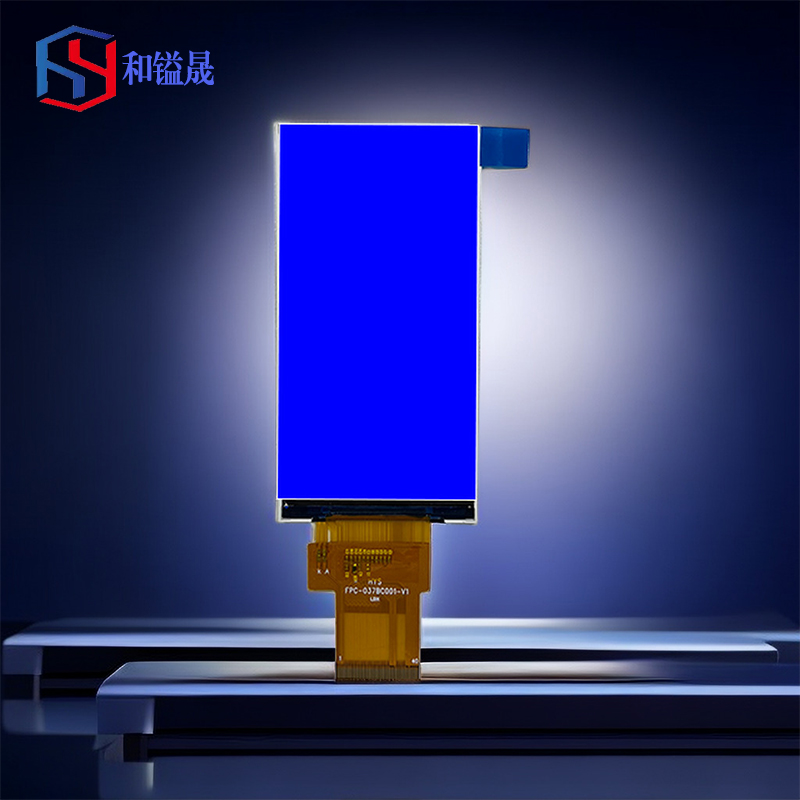Table of Contents
Benefits of Customizing TFT LCD Backlight for Improved Display Quality
TFT LCD displays are widely used in various electronic devices such as smartphones, tablets, laptops, and televisions due to their high resolution, vibrant colors, and fast response times. One crucial component of a TFT LCD display is the backlight, which provides the necessary illumination for the liquid crystal display to produce images. While most TFT LCD displays come with standard backlights, customizing the backlight can offer several benefits in terms of improved display quality.
Customizing the backlight of a TFT LCD display allows for greater control over the brightness and color temperature of the display. By adjusting these parameters, manufacturers can tailor the display to meet specific requirements such as outdoor visibility, color accuracy, and energy efficiency. For example, a display intended for outdoor use may require a brighter backlight to overcome ambient light, while a display used for color-critical applications may need a more accurate color temperature to ensure consistent color reproduction.
In addition to brightness and color temperature, customizing the backlight can also improve the overall contrast ratio of the display. The contrast ratio is the difference between the brightest and darkest parts of an image, and a higher contrast ratio results in more vibrant colors and sharper images. By optimizing the backlight design, manufacturers can achieve a higher contrast ratio, leading to a more visually appealing display with better image quality.
Another benefit of customizing the backlight of a TFT LCD display is the ability to reduce power consumption. Traditional backlights use cold cathode fluorescent lamps (CCFLs) or light-emitting Diodes (LEDs) to provide illumination, both of which consume a significant amount of power. By customizing the backlight design to be more energy-efficient, manufacturers can reduce power consumption without compromising on display quality. This is particularly important for portable devices such as smartphones and tablets, where battery life is a critical factor.

Furthermore, customizing the backlight can also improve the longevity of the display. Traditional backlights can degrade over time, leading to a decrease in brightness and color accuracy. By using more durable and efficient backlight technologies, manufacturers can extend the lifespan of the display and ensure consistent performance over time. This is especially important for applications where the display is expected to operate for long periods without maintenance, such as Digital Signage and industrial control panels.
Overall, customizing the backlight of a TFT LCD display offers several benefits in terms of improved display quality, energy efficiency, and longevity. By optimizing the brightness, color temperature, and contrast ratio of the display, manufacturers can create a display that meets specific requirements and delivers a superior viewing experience. Additionally, reducing power consumption and improving durability can result in cost savings and increased reliability. As technology continues to advance, customizing the backlight of TFT LCD displays will play an increasingly important role in achieving optimal display performance.
Step-by-Step Guide to Customizing TFT LCD Backlight for Different Applications
TFT LCD displays are widely used in various electronic devices such as smartphones, tablets, and monitors due to their high resolution and vibrant colors. One important component of a TFT LCD display is the backlight, which provides the necessary illumination for the display to be visible. While most TFT LCD displays come with a standard backlight, there are instances where customizing the backlight can be beneficial for specific applications.
Customizing the backlight of a TFT LCD display can help improve visibility in different lighting conditions, reduce power consumption, and enhance the overall user experience. In this article, we will provide a step-by-step guide on how to customize the backlight of a TFT LCD display for different applications.
The first step in customizing the backlight of a TFT LCD display is to determine the specific requirements of the application. For example, if the display will be used outdoors or in bright environments, a higher brightness level may be required. On the other hand, if the display will be used in a low-light Environment, a lower brightness level may be more suitable.
Once the requirements have been identified, the next step is to select the appropriate backlight technology. There are several types of backlight technologies available for TFT LCD displays, including LED, CCFL, and OLED. LED backlighting is the most common and cost-effective option, while OLED backlighting offers superior color reproduction and energy efficiency.
After selecting the backlight technology, the next step is to adjust the brightness and color temperature of the backlight. This can be done using the display’s built-in settings or by using a backlight controller. By adjusting the brightness and color temperature, you can optimize the display for the specific application and improve visibility and color accuracy.
https://www.youtube.com/<a href="/tag/shorts" target="_blank"><strong>Shorts</strong></a>/pmSQUU0gaYUIn addition to adjusting the brightness and color temperature, you can also customize the backlight by adding diffusers or Filters to improve uniformity and reduce glare. Diffusers can help distribute the light more evenly across the display, while filters can help reduce reflections and improve contrast.
Another way to customize the backlight of a TFT LCD display is to implement dynamic backlight control. This technology adjusts the brightness of the backlight based on the content being displayed on the screen, resulting in improved energy efficiency and image quality. Dynamic backlight control can be implemented using Software algorithms or dedicated Hardware controllers.
In conclusion, customizing the backlight of a TFT LCD display can help optimize the display for specific applications and improve visibility, color accuracy, and energy efficiency. By following the steps outlined in this article, you can customize the backlight of a TFT LCD display to meet the requirements of your application and enhance the overall user experience.
